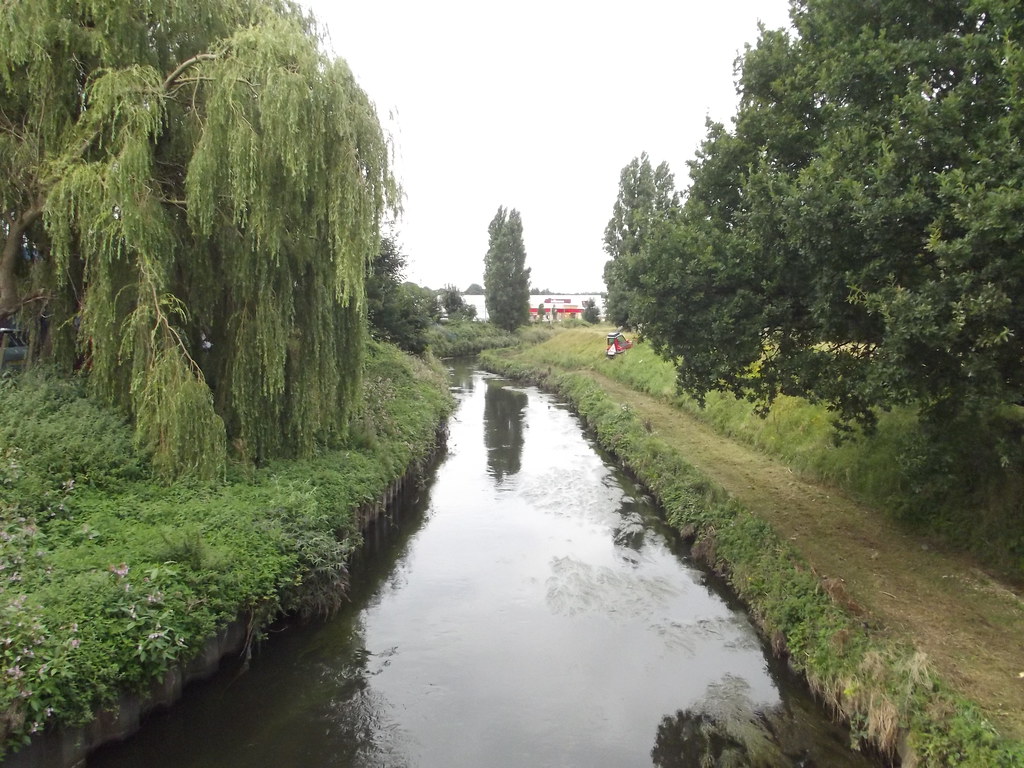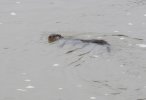Pedrocut
Master Barmmie
Morturn’s post on the Thread “Kynoch/ IMI 1950s” mentions the Witton Water treatment works. It brought back memories of seeing it best from the train.
https://birminghamhistory.co.uk/for...s-i-m-i-1950s-onwards.697/page-26#post-608583
I think the great River Tame deserves a Thread of its own, and so I have started with this clip describing the opening of the Witton Pumping Station in 1908.

https://birminghamhistory.co.uk/for...s-i-m-i-1950s-onwards.697/page-26#post-608583
I think the great River Tame deserves a Thread of its own, and so I have started with this clip describing the opening of the Witton Pumping Station in 1908.











